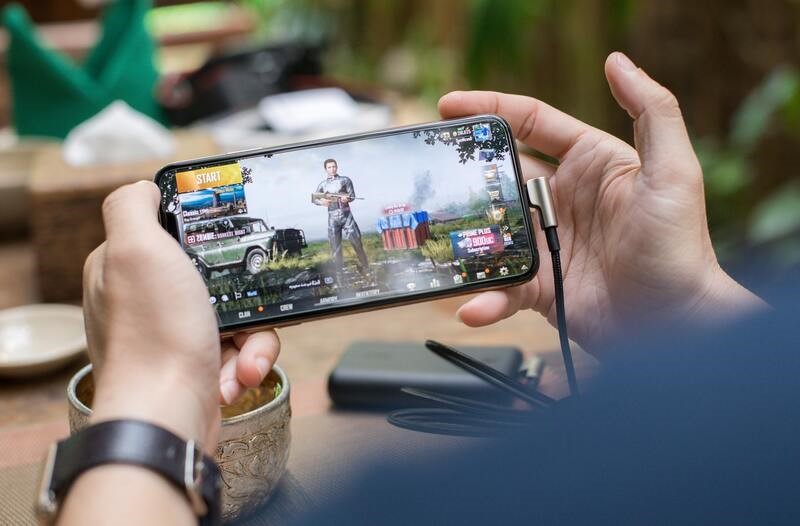Indian Market is Bending the Smartphone Industry
Just over a decade ago, India was being talked about as an exciting future market for tech companies to break into, a potential superpower in this regard down the line. Given the massive young adult population and love of entertainment products like sports and movies, a device like a smartphone always had the potential to scratch out a decent audience in India, but perhaps few expected the tech to explode as it has done.
This year, there’ll be around 760 million smartphone users in India, with the nation already standing with the second-largest mobile user base in the world – just behind China. It’s also the market with the most potential to grow, what with there being over 1.3 billion people in India. So, the smartphone industry has arrived in a big way, but due to the sheer size of the market, it’s had to adapt its methods to appease the overwhelming audience.
Changing from the status symbol angle

In the western markets, there’s a lot of weight put on people having the latest annual release, the smartphones that are at the top of the market – just improving on the last model. This is the most closely shown with Apple’s iPhone, with the many versions from each model being slightly different, but clearly emphasizing a sort of status from paying more for the device. This doesn’t matter as much in India. There are enough people who really want to get their hands on a smartphone that companies, perhaps, don’t feel the need to ramp up their prices per model.
Samsung is a prime example. Seen as the main Android contender to Apple each year, they sell well in India because its Galaxy series are far more accessibly priced. The South Korean company contends with other low-cost but decent quality, Chinese models from the likes of Xiaomi, and the upcoming entry-level 4G device from Google-backed Indian company Reliance Jio. In India, the average selling price of a smartphone is around $156, which is less than half that of the average mobile phone cost in the UK.
Most enticing, however, is the cost of data. In the UK, the average mobile data rate for 1GB converts to $6.66, below the global $8.53 average. So, it’s quite cheap in the UK, but in India, that average cost is $0.26, with many users even paying as little as $0.10 per 1GB of mobile data. The mobile industry has bent its pricing models to adhere to the colossal audience, with Amazon even seeing this as a chance to shuffle in, with the once-bookstore becoming the main channel for smartphone sales in India.
Mobile content recognizing the power of India

Overall, the internet was fairly slow to adapt to the surge of smartphones using the internet. It took several years for major websites to create mobile-compatible versions, especially ones that could offer everything that the standard website would. Now, though, all reputable sites and online platforms are mobile-friendly, enabling the ever-growing Indian audience to get straight into the action. However, that didn’t mean that they were suited to India just yet.
The audience is big enough that even the most prominent international brands of their field had to alter their content and angles to win over the new audience. Netflix had quite an easy in, thanks to the nation’s well-documented love of its own movies and TV series. While it didn’t start premiering these until 2018, producing or securing the exclusive rights to Indian Originals has been key to Netflix becoming so big so quickly in the country.
Having also established itself in several other countries around the world, particularly in Europe, online gambling sites have also become accessible to Indian smartphone users. Being an entertainment medium based on depositing money to win money for withdrawal, these storied international brands had to tailor their service by enabling the use of the Indian rupee. Now, the gambling sites with the highest review score in India not only offer bonuses in rupees, but also preferred payment methods, including Paytm and cryptocurrencies.
Perhaps the single largest glaring example of the power that the Indian audience has is in the case of the smartphone app game PUBG Mobile.
Despite video games having never really settled or taken off across India, mobile gaming has exploded, with PUBG leading the way as the biggest in the country.
Then, the Indian government banned it for its affiliations with Chinese company Tencent. In one fell swoop, PUBG lost a quarter of its global audience. So, PUBG Corporation has cut ties with Tencent and is currently working away at making a new, India-specific version of PUBG to appease the government and re-access the nation’s gamers.
India’s audience is simply too vast to deny, so smartphone companies and those accessed via smartphones are more than willing to put the work in to adapt their models and services to appease the hundreds of millions of users.

